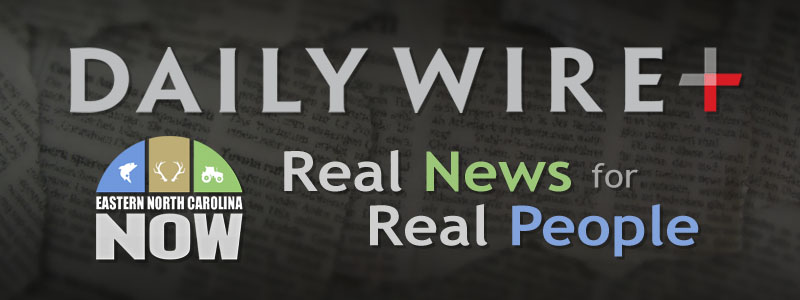Publisher's note: The author of this post is Dr. Terry Stoops, who is the Director of Education Studies for the John Locke Foundation.
The Weird And Wacky World Of Education Funding
What better way to begin 2015 than to discuss per-pupil expenditures for our K-12 public schools?
According to the N.C. Department of Public Instruction, the state increased its average expenditure by around $200 a student for the 2014-2015 school year. At this time next year we will be able to assess changes to local and federal funding for the current year. Until then, it may be worthwhile to examine spending trends through 2013-2014.
In terms of per-student operating expenditures, state sources provide the highest percentage of funds. Nearly 64 percent came from state sources last year, which is one of the highest shares from state sources in the nation. Local governments contributed another 25 percent of per-student funding. The federal government share approached 12 percent.
Any number of factors may reduce or increase a district's per-student expenditure. Obviously, state, federal, and local appropriations are key, but changes in student demographics or population also play an important role. State and federal budgets, in particular, have formulas that direct funds to low-income, special needs, and other targeted populations. Moreover, changes in the numbers of students enrolled may reconfigure the distribution of funds across districts. As such, it is disingenuous (and far too common) to credit or blame one funding source or one demographic factor for any funding changes. It is best to consider the changes on a case-by-case basis.
For example, while North Carolina's student population has grown, federal funding has not. Between 2011-2012 and 2013-2014, federal K-12 education expenditures dropped by around $250 million. As a result, approximately 70 percent of North Carolina school districts received less federal funding last year than they had in prior years. Anson County Schools lost a staggering $605 per student in federal funding during the 2013-2014 school year. On the other hand, Thomasville City Schools enjoyed a $472 per student boost in federal funds. Both districts lost a small number of students and received nearly the same state appropriation from one year to the next. One difference is that the cut to Anson's local appropriation was small compared to Thomasville City's.
Discussions of funding levels are necessary, but not sufficient, for truly understanding the health of our public school districts.
Researchers generally agree that how the money is spent is far more important than how much money is available to be spent. Whether you call it "return on investment," "educational productivity," or "bang for the buck," an assessment of the relationship between educational inputs and outputs is an essential starting point for good K-12 education policy.
Facts and Stats
Per-pupil expenditure (PPE) and enrollment (ADM) changes, 2012-2014

Note: Per-pupil expenditure (PPE) includes state, federal, local, and capital (5-year average) expenditures as reported by the N.C. Department of Public Instruction in their
Statistical Profile database.
Acronym of the Week
PPE —
per pupil expenditure
Quote of the Week
"But as a nation, the United States cannot pretend that education dollars are endless, and we must address the issue of spending effectiveness. This is not an academic point, given lackluster education revenues."
— Ulrich Boser,
Return on Educational Investment, 2014: A District-by-District Evaluation of U.S. Educational Productivity, Center for American Progress, July 9, 2014.
Click here for the Education Update archive.


























